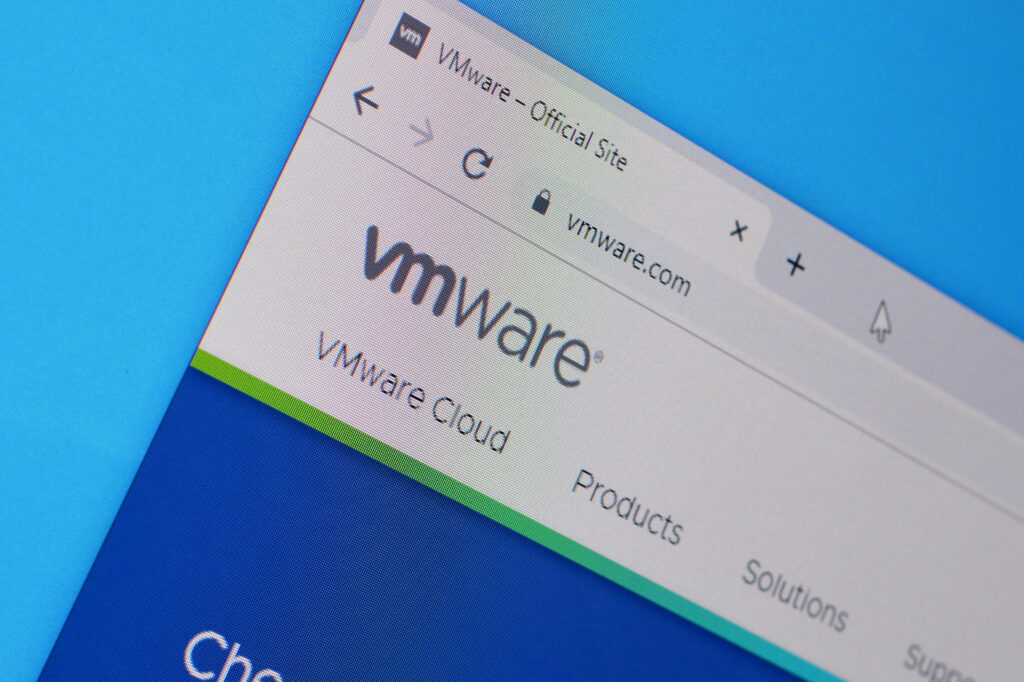
You’re trying to make sense of your VMware renewal—and it’s not pretty. What used to be a straightforward licensing model is now bloated, bundled, and up to 40% more expensive. Your options? Pay more, get less, or start looking for a better path.
If you’ve explored public cloud, you’ve likely run into a different kind of frustration: unexpected recovery costs, unpredictable egress fees, and support that’s more “ticket system” than solution. And with Broadcom’s acquisition of VMware, those challenges are multiplying.
Zimcom has worked with clients navigating this exact moment—VMware contract renewals, public cloud frustrations, and the need for a better approach. Here’s what you’re really paying for—and what better alternatives look like.
VMware and Public Cloud: The Real Cost of Doing
VMware renewals used to be routine. Today, you’re dealing with:
- Mandatory bundling of services you don’t need
- Licensing shifts that limit infrastructure flexibility
- Elimination of perpetual licenses in favor of subscriptions
For many IT leaders, the price of “keeping things the same” is rising faster than budgets can keep up.
Public cloud, meanwhile, introduces its own form of complexity. Recovery fees, data egress charges, and compute-based billing make true cost predictability nearly impossible—especially during unplanned outages.
This isn’t just about operations anymore. It’s a budgeting, planning, and accountability issue.
A Complex Cloud Model Isn’t a Resilient One
Most organizations are running fragmented recovery environments with different vendors for backup, infrastructure, and support. This often leads to:
- Delayed incident response
- Unclear service ownership
- Costly recovery surprises
If your team is juggling tools without alignment, your recovery plan may not hold up under pressure. Especially when compliance or customer-facing systems are on the line, that’s a risk most businesses can’t afford.
Take Back Control With Zimcom
With so much uncertainty surrounding VMware’s future pricing and support structure, many organizations are exploring alternatives—like KVM-based OpenStack platforms that eliminate proprietary lock-in and reduce licensing overhead.
Zimcom is helping organizations transition to cost-effective, flexible cloud solutions that reflect their actual infrastructure needs. Here’s how:
Guidance for VMware Clients Facing Renewals
We provide strategic support for clients evaluating their VMware environment and weighing renewal decisions. That includes understanding what licensing changes mean for your team, whether your infrastructure fits the new model, and what other options exist.
Infrastructure Audits and Cloud Readiness Assessments
We evaluate your current environment—including backup strategies, recovery plans, and licensing structure—to identify opportunities for consolidation, cost reduction, and modernization.
OpenStack-Powered Cloud Environments
Our private and public cloud platforms are built on open-source technologies, removing the cost and constraints of proprietary infrastructure. That means predictable billing, transparent SLAs, and no vendor-based lock-in.
A Consultative Roadmap to Change
We guide businesses through every phase of cloud adoption—from architecture planning to testing and deployment—so they’re never navigating these shifts alone.
Take Back Control With Zimcom
Whether it’s the shift away from perpetual licenses or a support structure that now feels uncertain, your next infrastructure move doesn’t have to be rushed or reactive.
Zimcom provides a better path: cloud solutions that are open, supported, and right-sized for your goals—not a vendor’s roadmap.
Let’s start the conversation and map out what your infrastructure should look like moving forward.
Don’t Let VMware or Public Cloud Pricing Control Your Infrastructure. Take It Back With Zimcom!
Frequently Asked Questions
1. Why are VMware licensing costs increasing?
Broadcom has introduced subscription-based pricing, replacing perpetual licenses and requiring bundled renewals. Some customers are reporting cost hikes over 300-500%.
2. Are other cloud platforms more cost-effective?
Yes. Open-source cloud platforms such as those built on OpenStack can avoid proprietary licensing costs and provide more flexible deployment and pricing options.
3. How do I know if I should leave VMware?
If your renewals include mandatory services you don’t need, or if support and licensing terms are changing unfavorably, it’s time to evaluate alternatives.
4. How does Zimcom help organizations make a transition?
We conduct infrastructure assessments, licensing evaluations, and develop tailored transition plans to guide you from legacy environments to more agile solutions.
5. What are the benefits of OpenStack-based cloud services?
OpenStack eliminates hardware and software vendor lock-in, offers more transparent pricing, and provides the flexibility to grow your environment on your terms.
6. What’s included in a cloud transition roadmap?
Zimcom helps plan every step, including discovery, platform selection, migration planning, testing, and ongoing support—with no assumptions and no guesswork.

